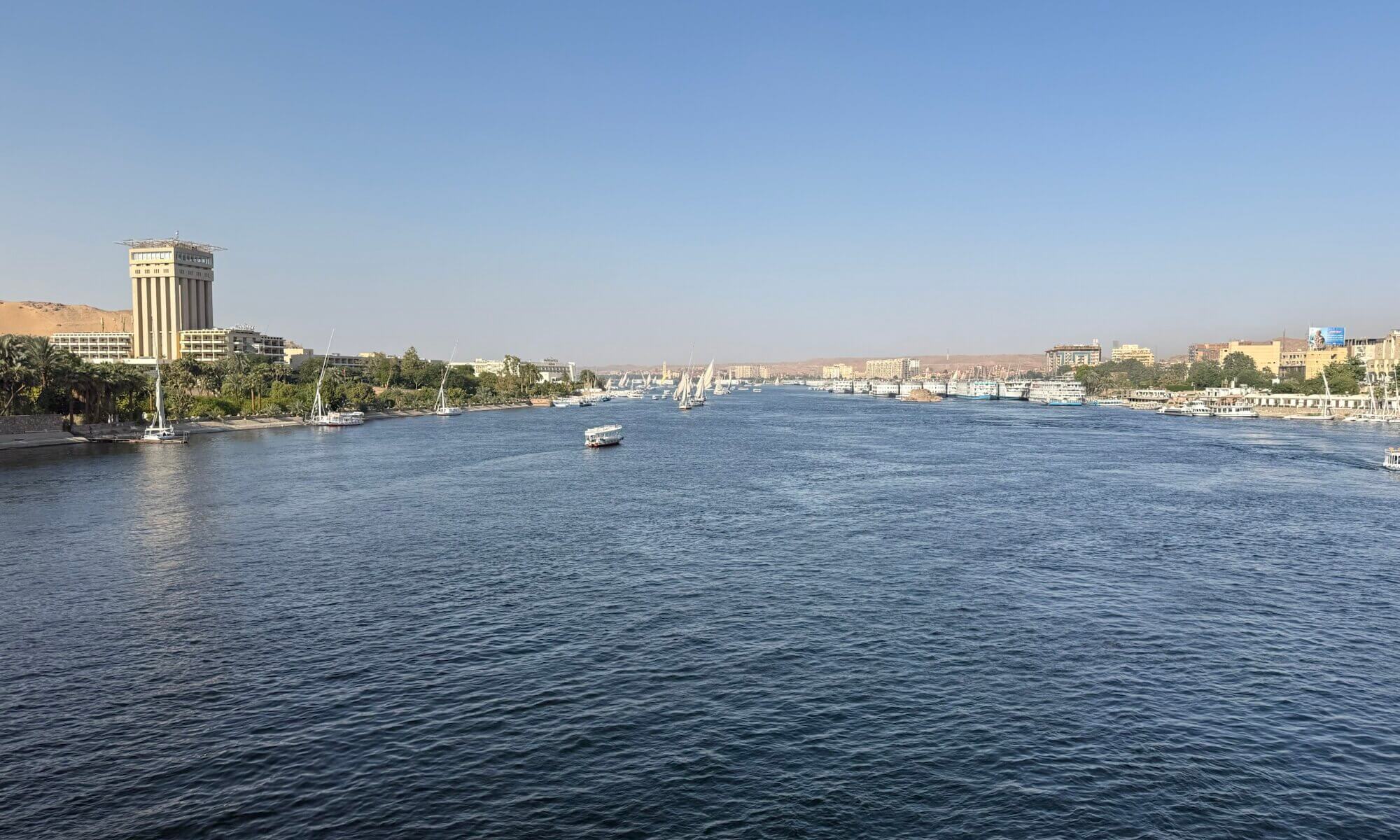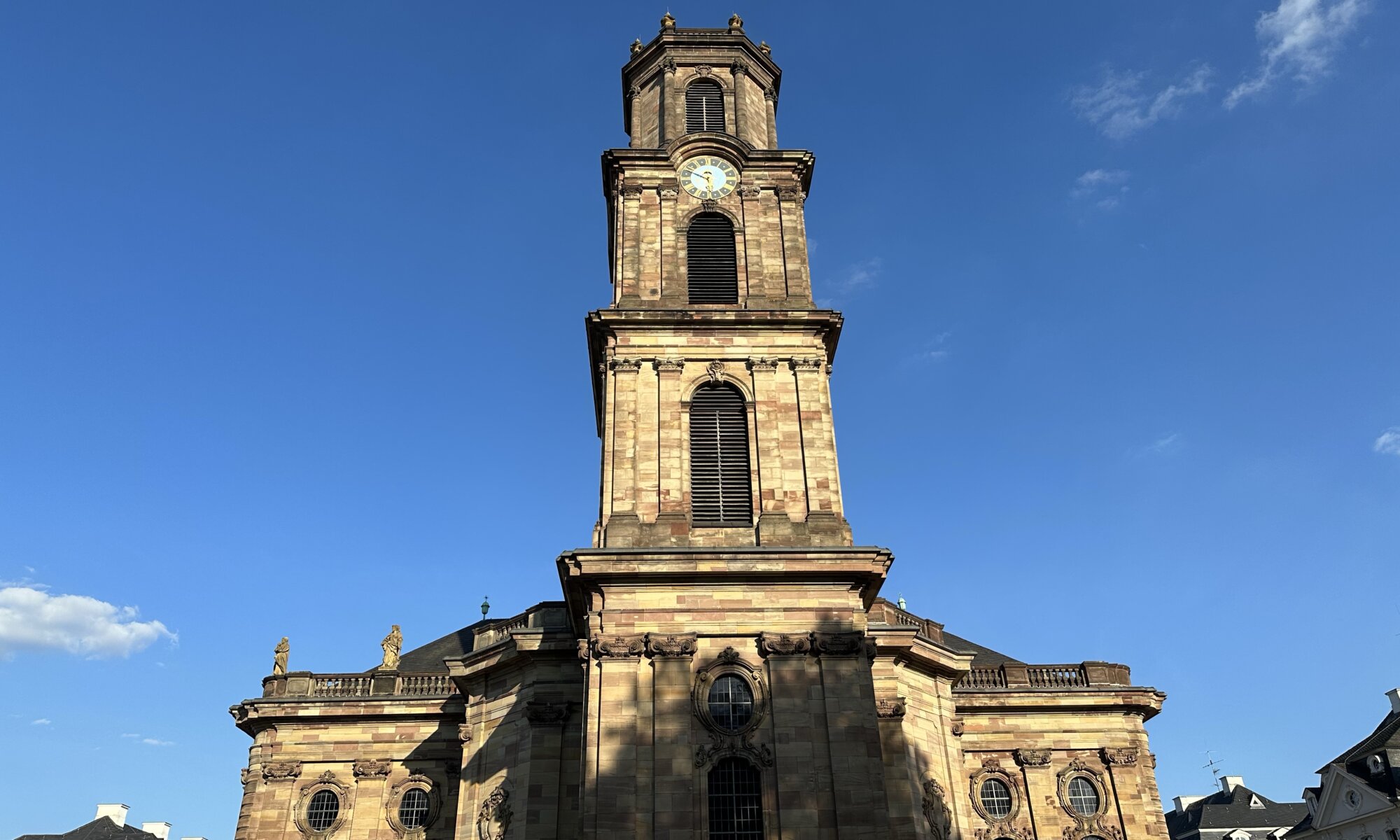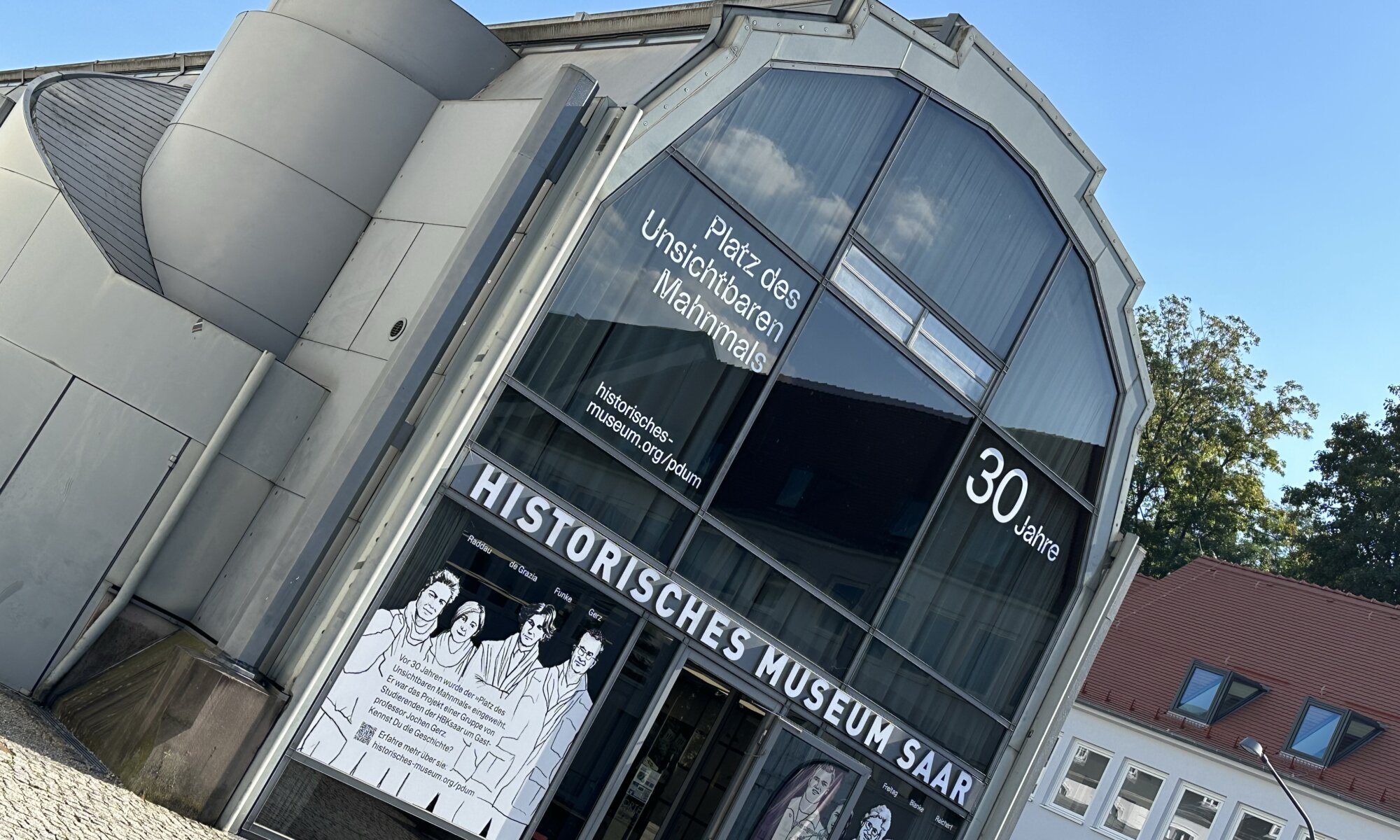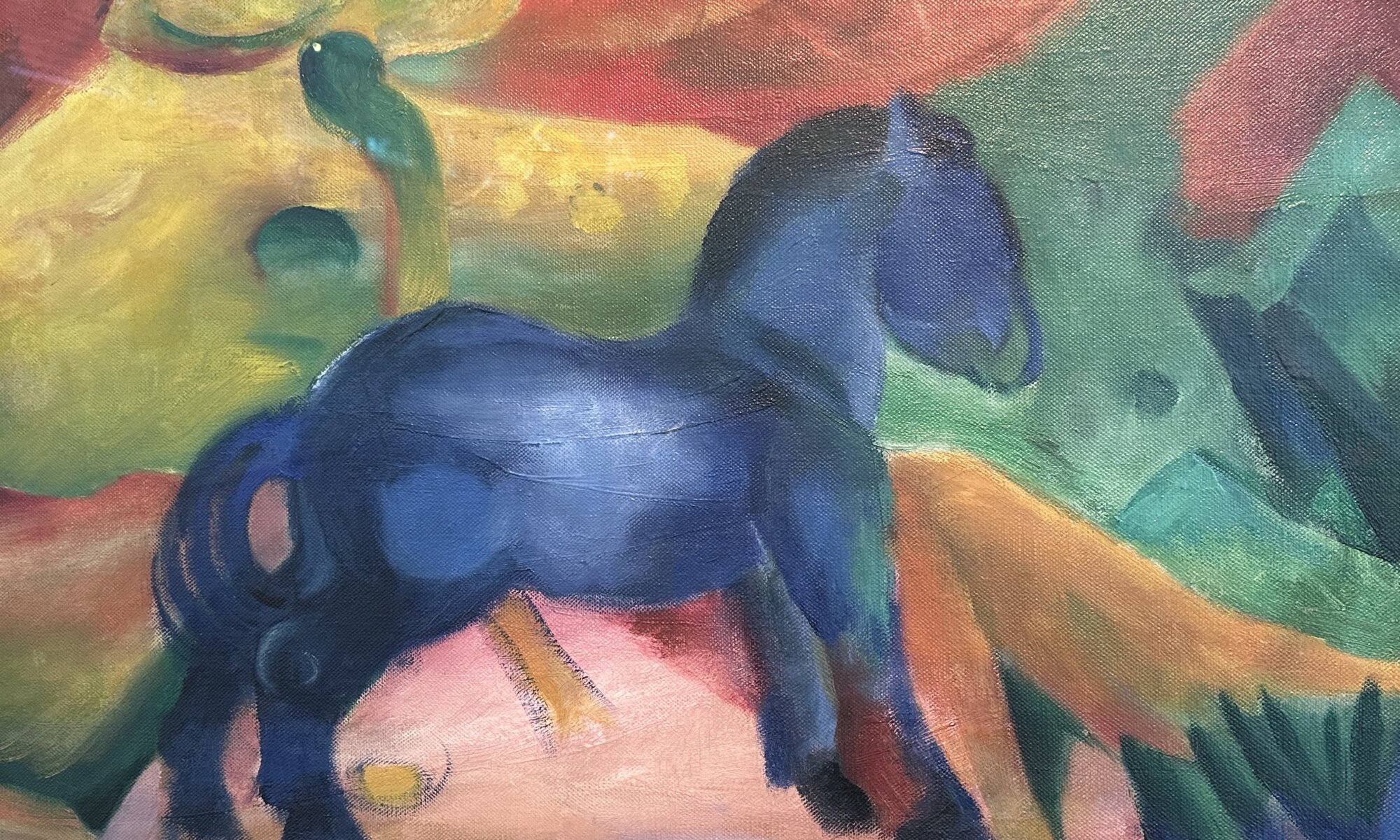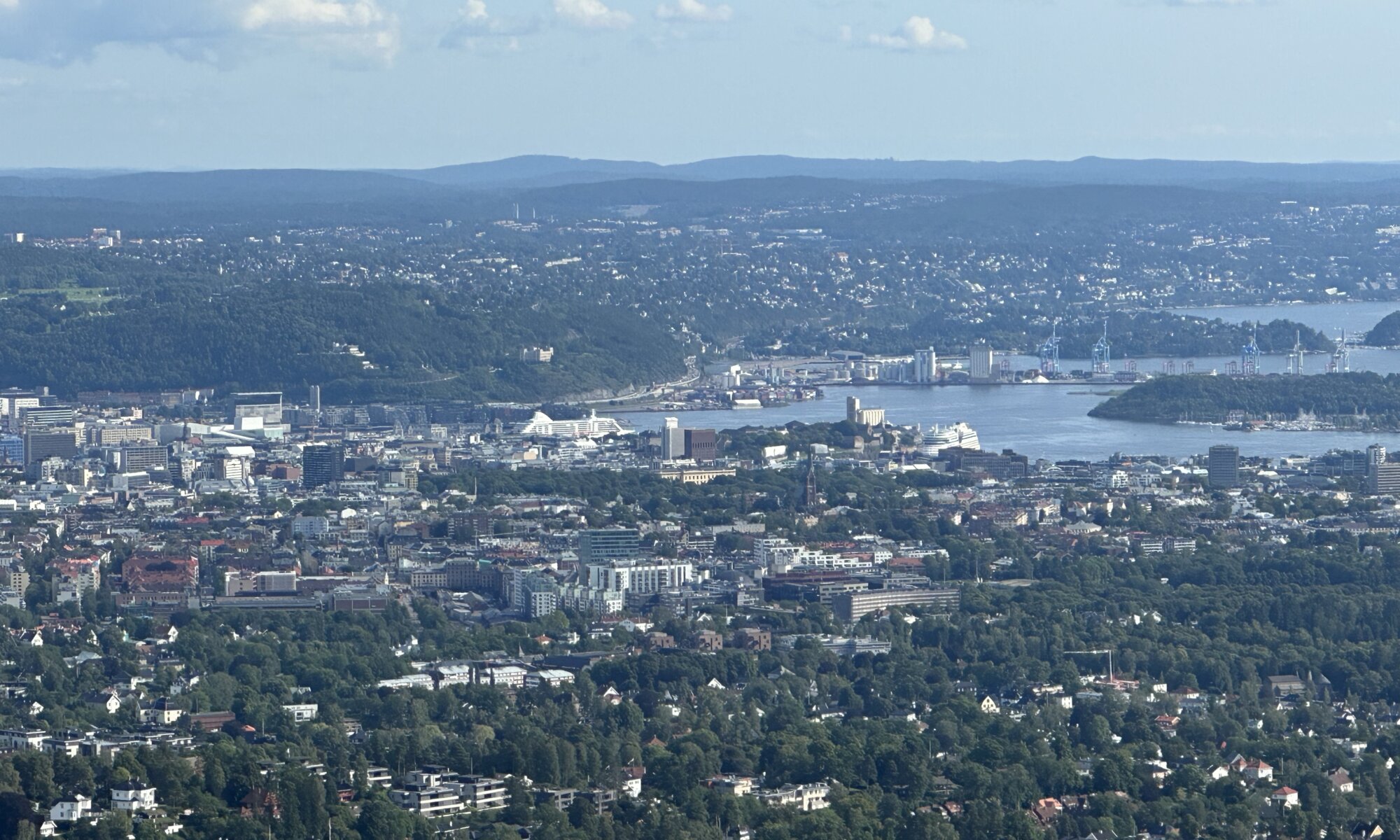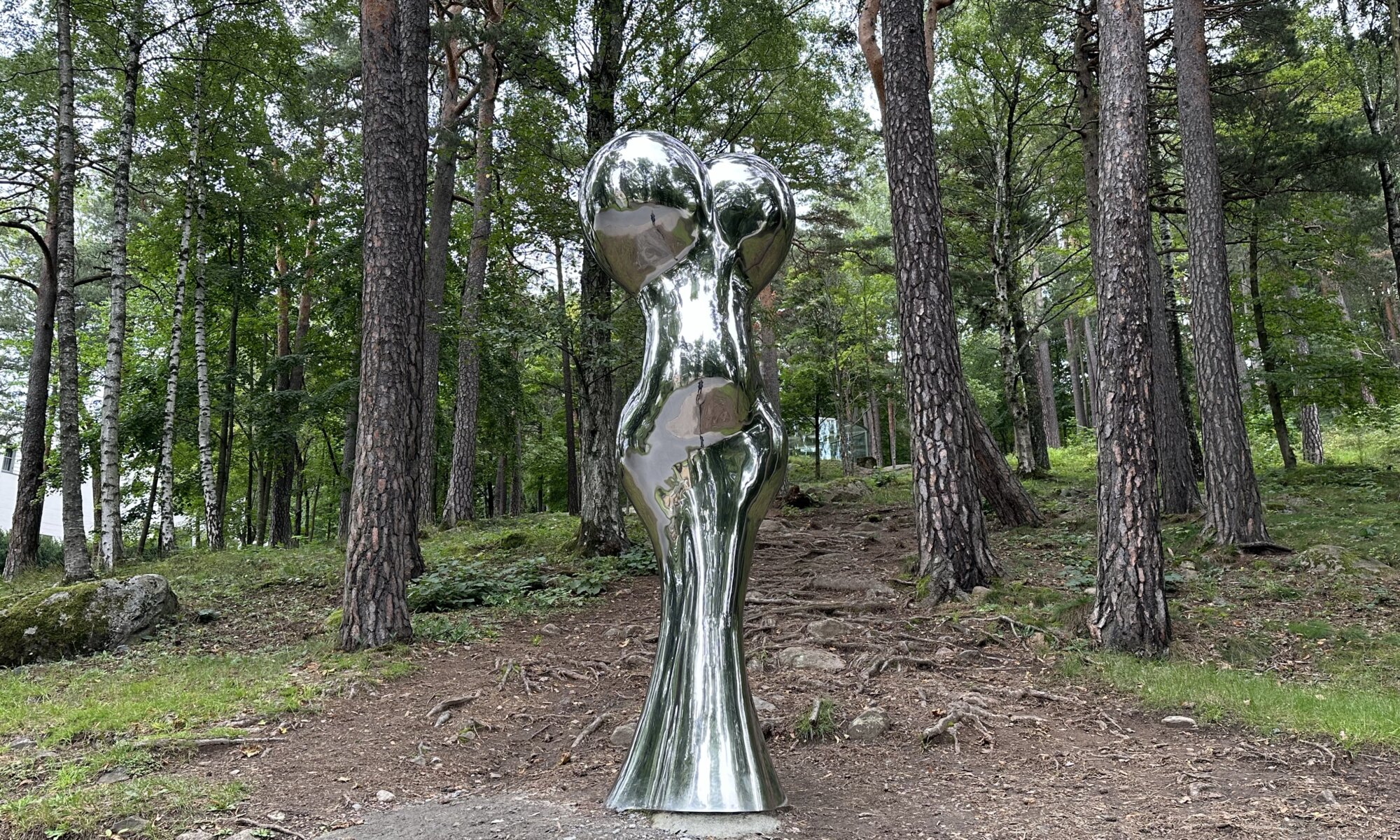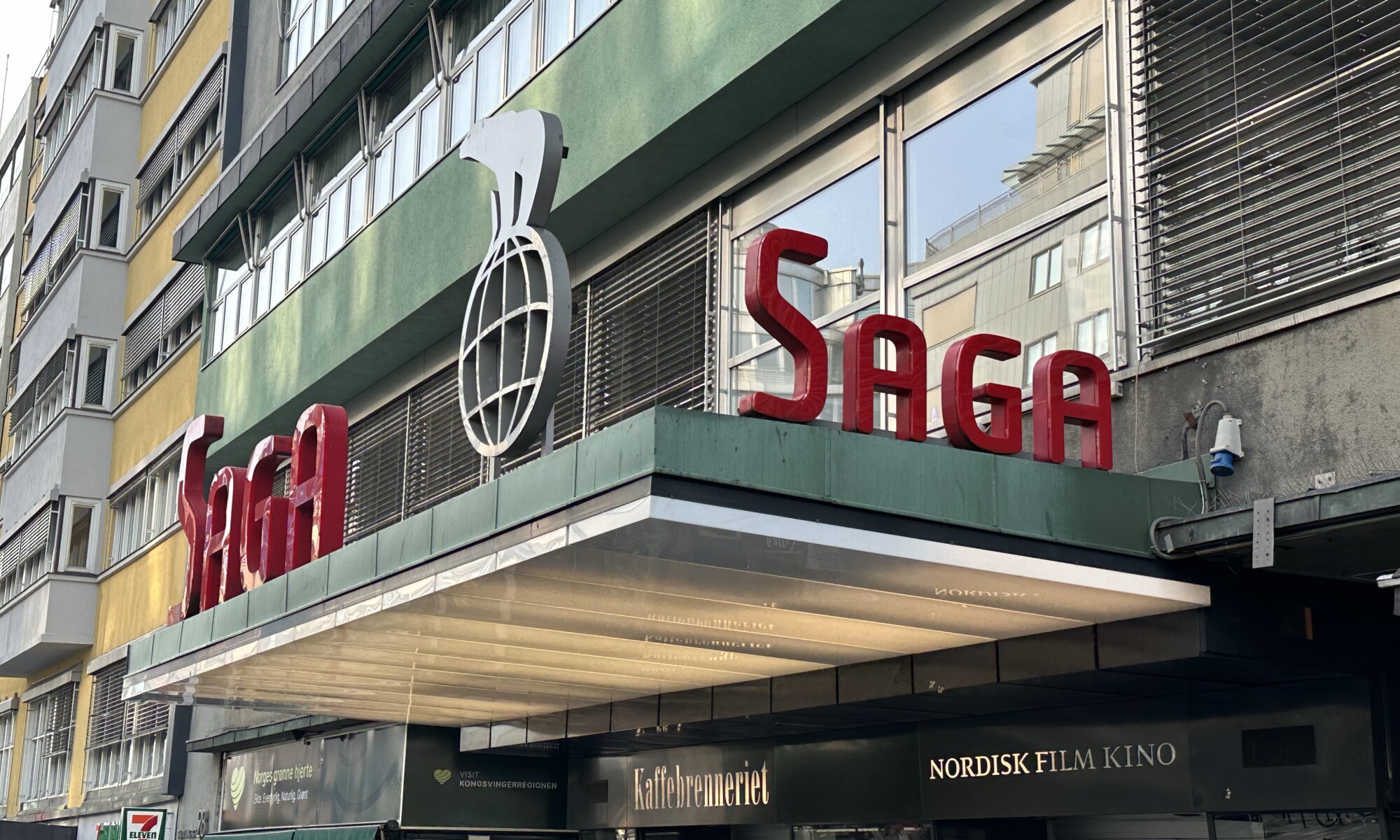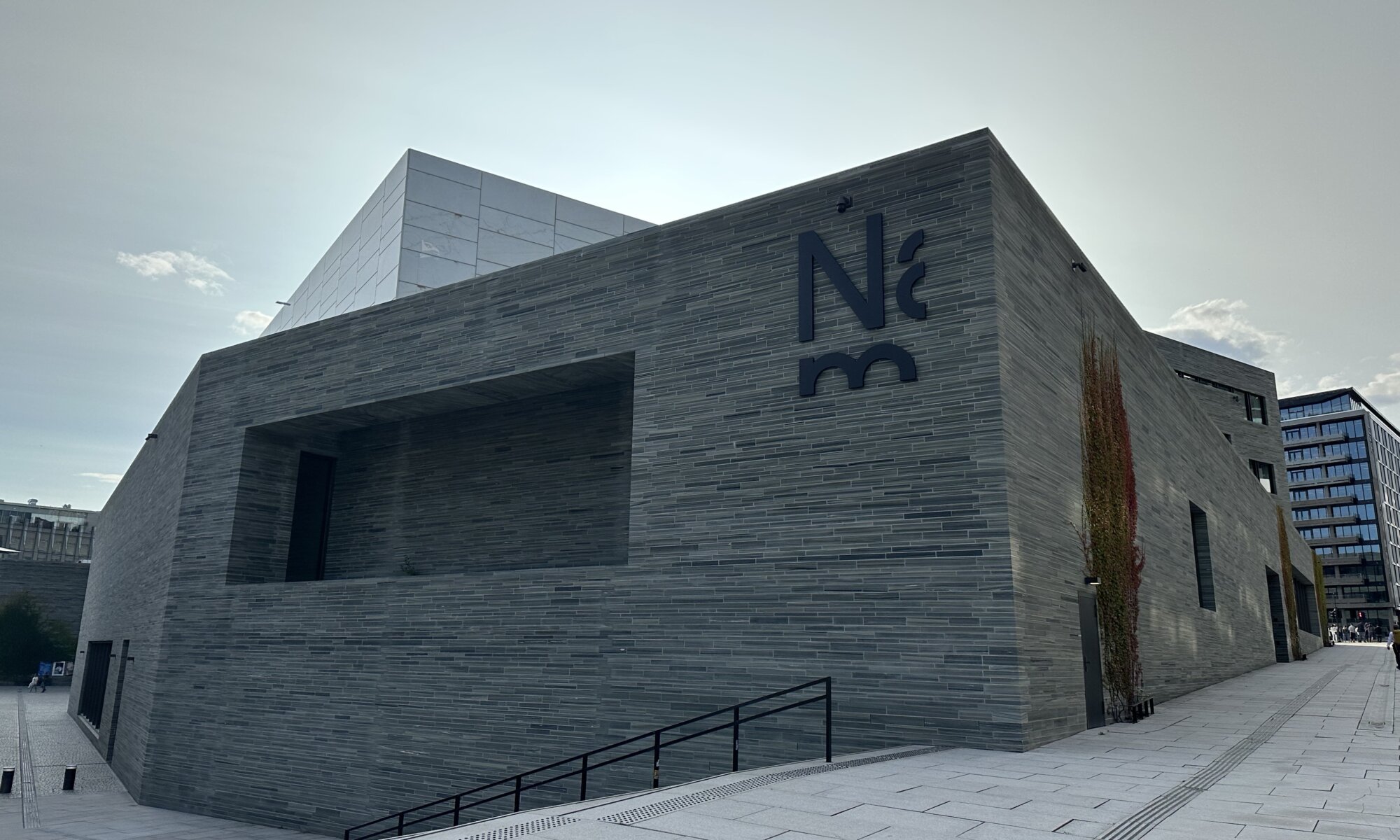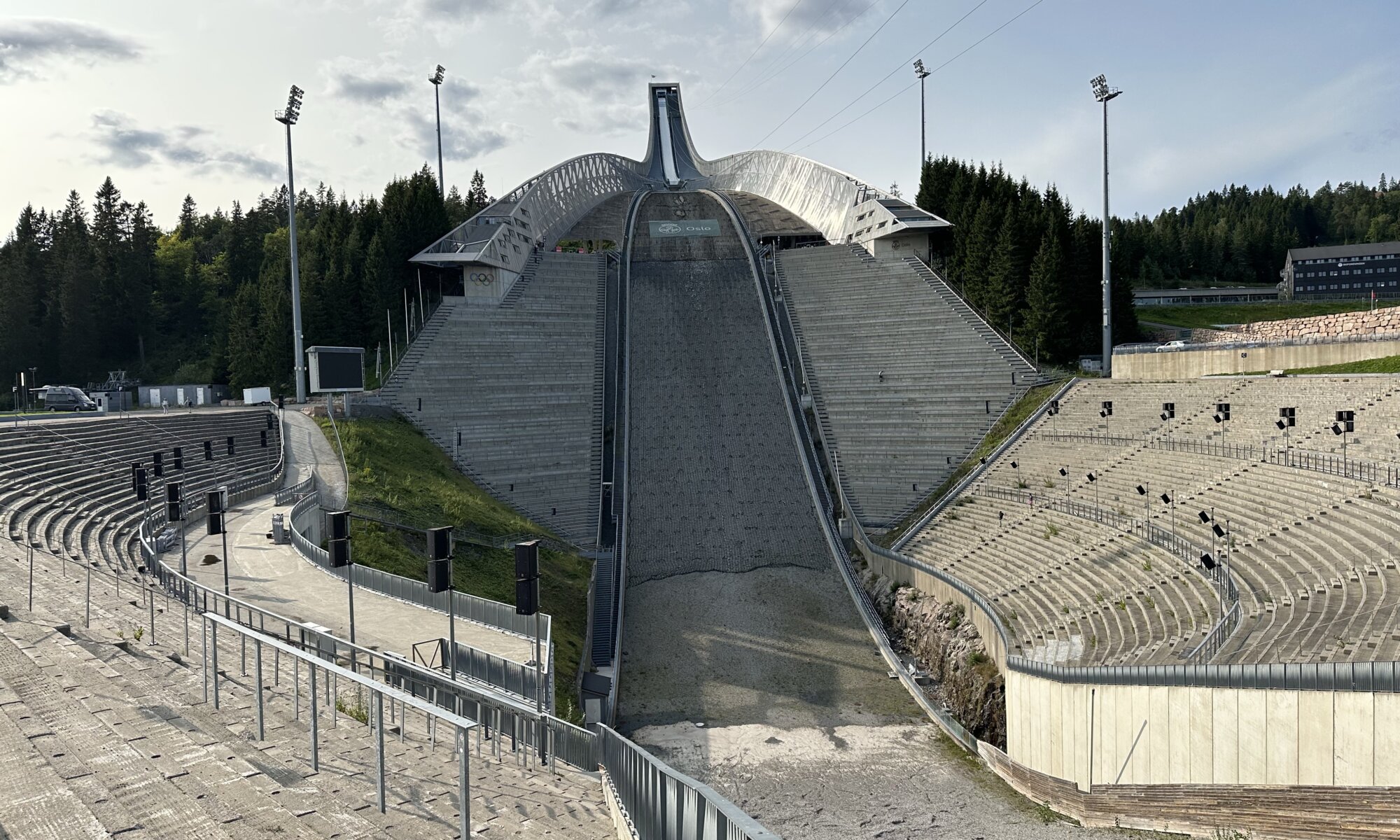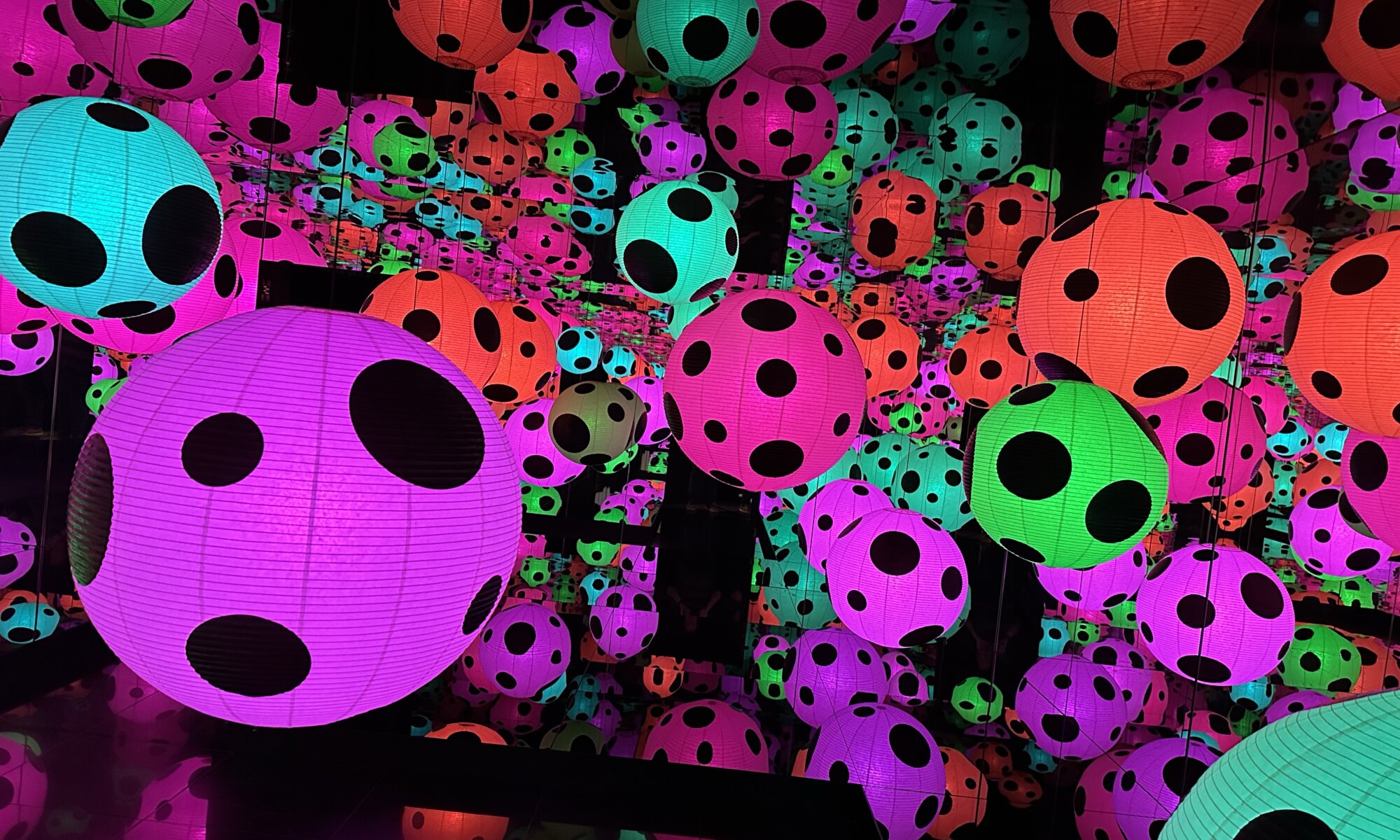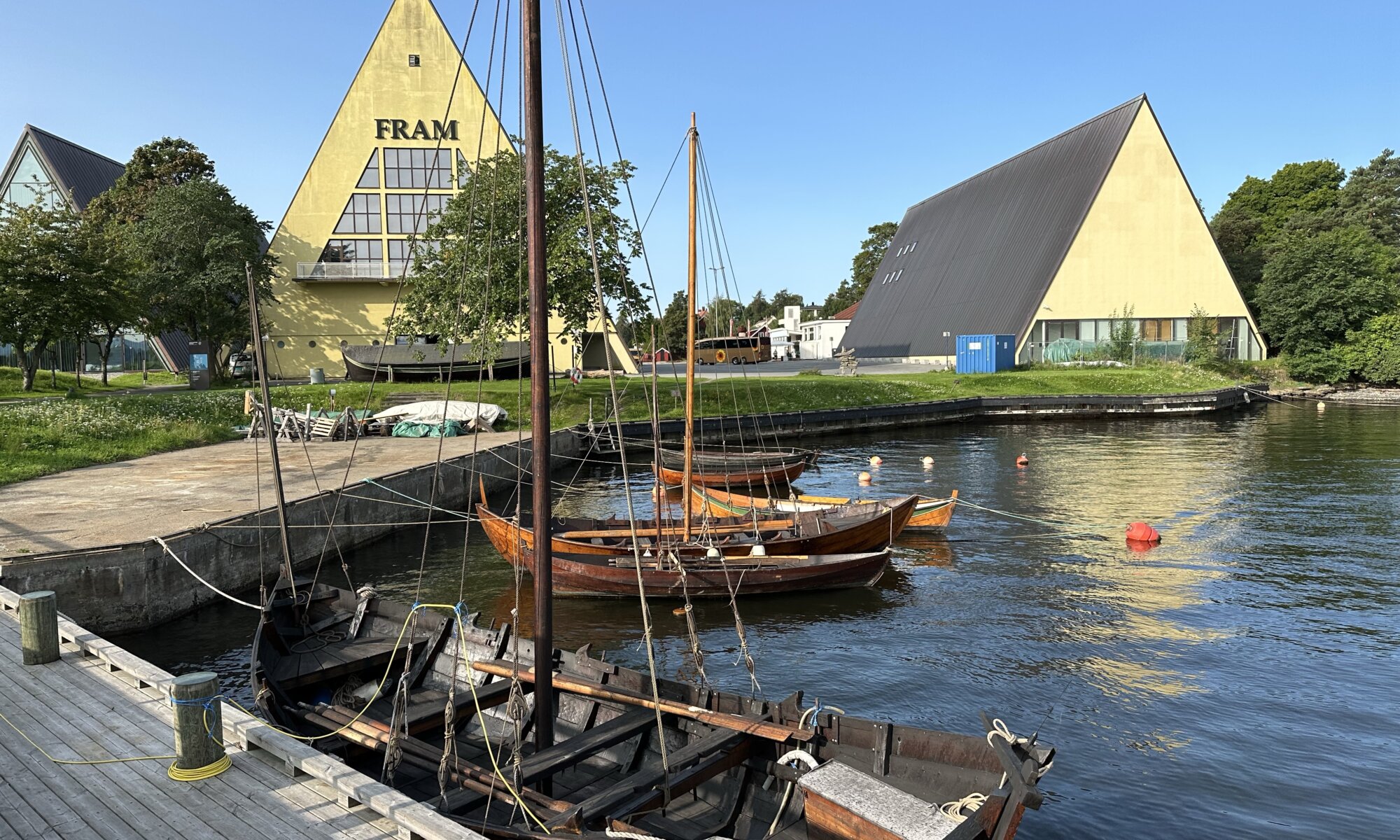What is the most iconic building of Saarbrücken, Germany? In former times it might have been the castle with its towers and thick walls – but these structures are only barely visible these days. It came even worse in 1939 when the Wehrmacht destroyed multiple memorial towers (including the iconic Winterbergdenkmal) and church towers to irritate allied pilots during air raids. The most famous landmarks of the city are lost forever.
Continue reading “Ludwigskirche”Historisches Museum Saar
If you want to learn about the history of the Saarland then the Historisches Museum Saar, located at the Schlossplatz of Saarbrücken, will leave no questions unanswered. The Saarland is not only the smallest federal state of Germany, it also has a special history: it was created in 1920 caused by the Treaty of Versailles and became a separate state for 15 years under the coordination of the League of Nations.
Continue reading “Historisches Museum Saar”Little Blue Horse
Franz Marc is the most important German painter working in Expressionism style. His best known works do focus on animals and especially on horses: the Blaues Pferd I can be found at the Städtische Galerie im Lenbachhaus at München, his Turm der blauen Pferde is considered lost since 1945 (after being confiscated as Entartete Kunst by the Nazis and taken by Hermann Göring). But there is another painting showing a blue horse, a cute one: Kleines Blaues Pferdchen has been painted by Franz Marc for Walter, the son of befriended painter August Macke.
Continue reading “Little Blue Horse”Art, peace & sauna
What do you think of when you hear the name Oslo? The Vikings? Edvard Munch and his Skrik? Ski-jumping on Holmenkollen? The Nobel Prize? The iconic opera house at the fjord? First of all Oslo is an amazingly green capital city that was in older days known as Christiania (or Kristiania). It has a city center with many ancient and beautiful buildings due to the fact that it wasn’t impacted by war for a long time. And it is a city offering an absolutely high quality of life: nature, art and mentality contribute to this.
Continue reading “Art, peace & sauna”Ekebergparken
The Ekebergparken is a mountain park in the southeast of Oslo on the Ekeberg mountain. Within the mountain park you will find more than 40 sculptures and artworks; some contemporary, some from old masters (like Auguste Renoir, Salvador Dalí and Gustav Vigeland). It was opened in 2013 and shall be extended to up to 80 sculptures. The park is owned by the city of Oslo but financed by art collector Christian Rignes. You can come here for a nice walk to enjoy the beautiful nature and the amazing views on the city – but the contemporary artworks are also a great attraction.
Continue reading “Ekebergparken”Saga
Unsure how to spend an evening at Oslo? If you like movies, the city offers you different cinemas. One of them is the Saga which you can find in the Stortingsgata, directly next to the Nationaltheatret (and which is there-by very easy to reach). What helps you here is that movies in Norwegian cinemas are typically shown in English language with Norwegian subtitles – that is probably also why so many Norwegians know English so well. The Saga cinema was already opened in 1934 and is the most important cinema for children and families in the city.
Continue reading “Saga”Nasjonalmuseet
Close to the Rådhuset of Oslo and next to the Nobel peace price center you can find the wonderful building of the Nasjonalmuseet for kunst, arkitektur og design. A combination of different collections formed in 2003 and exhibited in a brand new museum building opened in 2022. You can learn about Norwegian design and architecture, but most people will go there for the massive collection of paintings by Norwegian and international artists (the Nasjonalgalleriet). It includes works of artists like Matisse, Picasso, van Gogh and Monet.
Continue reading “Nasjonalmuseet”Holmenkollen
Whether you know ski-jumping well or not, you will typically have heard about the Holmenkollen mountain at Oslo, Norway. On top of it there is the famous Holmenkollbakken ski-jumping facility, an impressive building worth visiting even if there is now snow and nobody is flying on ski down the mountain. Since 1892 ski-jumping is practiced there and a lot of championships where decided on this mountain – including the Winter Olympics of 1952. The facility was renovated 19 times and after the renovation works in 2010 it now houses 70,000 spectators.
Continue reading “Holmenkollen”Kunstsenter
To reach the Henie Onstad Kunstsenter (HOK) you need to leave Oslo and and travel ten kilometres to the city of Høvikodden – an easy travel by bus #160 that you shouldn’t avoid. In a building with great views on the fjord changing exhibitions and art performances take place. The museum was opened in 1968 by shipping company owner Niels Onstad and his wife, Olympic champion Sonja Henie. The collection focusses on modern art and exhibits works of artists like Joseph Beuys or Christo; but the 4,000 works large collection also includes works by Henri Matisse and Pablo Picasso.
Continue reading “Kunstsenter”Seafaring island
Norway and Oslo are for sure connected to seafaring. But you don’t need to only think about the Vikings: there have also been polar expeditions starting from there and other crazy adventures with Norwegian participation took place. To learn about this part of Norwegian history you should visit the museum half-peninsula Bygdøy: it hosts three museums in one place; the Frammuseet, Kon-Tiki Museum and the Norsk Maritimt Museum.
Continue reading “Seafaring island”